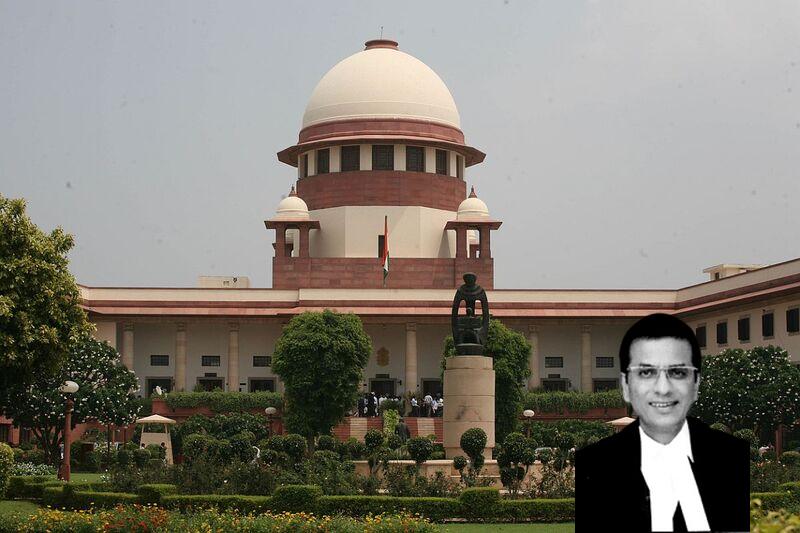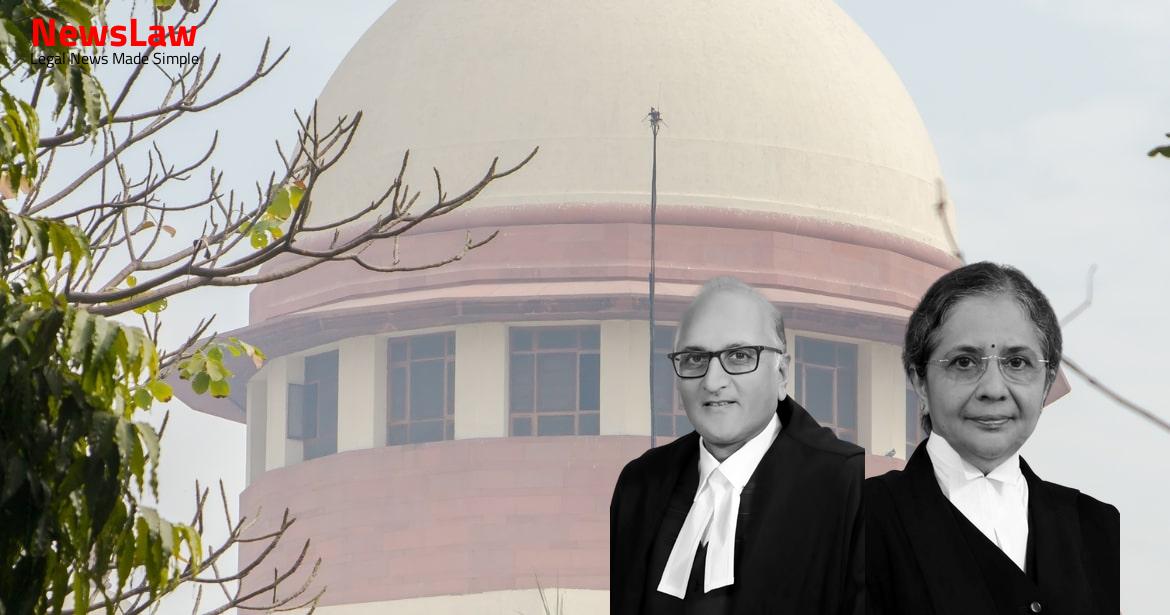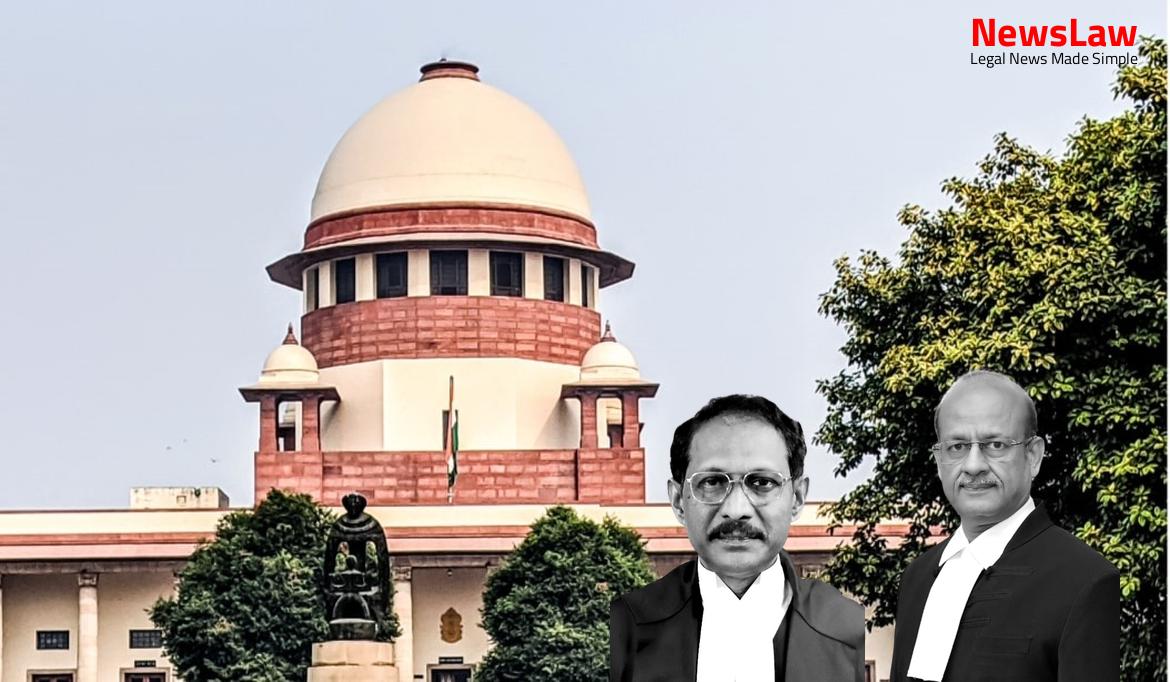On 22-04-2016, ASI Ram Kishan while on patrolling duty at 75 feet road, had received a telephonic information that in the village Maheshwari certain persons had fired a gun-shot at a boy and upon reaching there, statement of Mohit @ Kala came to be recorded which was to the effect that at about 6.40 pm his cousins Ajay and Suraj were talking in front of the house of Ex. Suraj hid in Dharmender’s house and on raising the alarm the assailants sped away on their motorcycles towards Bhiwadi; it is also stated by Mohit @ Kala that injured Ajay was shifted to the hospital; it is further stated that Ravi was studying in his school and was his junior and he used to bully and threaten all. Based on the said statement FIR under Sections 148, 149, 307 of IPC and Section 25 of the Arms Act came to be registered and on the death of Ajay (on 23-04-2016) Section 302 of IPC was substituted in place of Section 307 IPC and accused persons were apprehended; on the disclosure statement of first accused (Pawan) country made pistol was recovered and as per the statement of accused No.2 (Dharmender) wooden stick was recovered apart from four motorcycles. Siddharth Mittal, learned counsel for the appellant appearing for Naresh @ Nehru Accused No.4, contends that the trial court and High Court had committed an error in convicting him without considering the statement of Mohit @ Kala (PW-9) in proper perspective whereunder he had not named the appellant and the CCTV footage did not conform to Section 65 B of the Indian Evidence Act which even otherwise did not reflect A-4’s of presence.
Mittal, learned counsel would also contend that PW-9 was an interested witness as he was a close relative of the deceased, and various discrepancies, including the improvement in his statement made before court, ought to have been the ground to summarily brush aside his testimony. He would contend that the alleged motive attributed to the accused persons is due to a quarrel that had ensued between the deceased, Suraj, Ravi, and Nabbu on the day of Dulhandi and there was no evidence placed on record by prosecution to suggest any common object had been shared by the appellants with other accused persons. He would submit that the reasoning adopted by the courts below to convict the accused by overlooking the fact that TIP had not been conducted and only on the ground of PW-9 having known the remaining accused by face before the incident was erroneous, though the testimony of PW-9 would suggest that accused persons were not previously known to him and his admission in evidence that came to know about them only when they were arrested and their names were published in the newspaper.
He would contend that appellants’ involvement in the unlawful assembly and sharing a common object to kill Ajay could not be inferred in the circumstances of the case, particularly when there was no evidence to support the stand of the prosecution that appellants were aware of pistol being in possession of Pawan (A-1). Having heard the learned counsels appearing for the parties and on perusal of the judgments of the courts below, it would emerge therefrom, that conviction of all the accused is based on the testimony of PW-9 and recovery of the motor-cycles and the motive for the crime attributed by PW-9 in his statement recorded on the date of incident. 9.1 The prosecution relied on Statement of Mohit @ Kala (PW- 9) and courts below accepted him as a star witness to convict the accused. In the cross-examination, PW-9 admitted to have informed the police about deceased having been chased by four motorcycles and reiterated the contents of his statement in Ex.PM as true. In his deposition he admits his statement was written by the police at 10:45 PM on 22.04.2016, whereas PW-12 (ASI Ram Kishan) deposed that written statement 12 EX.PM was handed over to the police by the complainant’s party at 11:30 PM on 22.04.2016. 9.3 As noticed hereinabove, the evidence of the eye-witness should be of very sterling quality and calibre and it should not only instil confidence in the court to accept the same but it should also be a version of such nature that can be accepted at its face value. It can even be stated that it should be akin to the test applied in the case of circumstantial evidence where there should not be any missing link in the chain of circumstances to hold the accused guilty of the offence alleged against him.
To be more precise, the version of the said witness on the core spectrum of the crime should remain intact while all other attendant materials, namely, oral, documentary and material objects should match the said version in material particulars in order to enable the court trying the offence to rely on the core version to sieve the other supporting materials for holding the offender guilty of the charge alleged.” PW-9, the cousin of the deceased, was examined as an eyewitness to the crime. PW-8, who made a video from his mobile phone of the CCTV footage on 22.04.2016 and has claimed to have handed over the recorded CD (Ex.P.3) to the police on 01.06.2016. “COURT OBSERVATION:- from the video clips the faces of assailants and complainants are not decipherable.” (Emphasis supplied by us) 9.5 He (PW-8) admits in his cross-examination that certificate Ex. Section 25 of the Evidence Act provides that no confession made to a police officer shall be proved as against a person accused of any offence. Section 26 provides that no confession made by any person while he is in the custody of a police officer, unless it be made in the immediate presence of a Magistrate, shall be proved as against such person. Section 27 of the Evidence Act refers when any “fact” is deposed. Section 27 of the Evidence Act refers when any “fact” is deposed. ‘ Relevant ’.—One fact is said to be relevant to another when the one is connected with the other in any of the ways referred to in the provisions of this Act relating to the relevancy of facts.” In the instant case, the confessional statement of the accused relied upon by the prosecution was admittedly recorded after the arrest of 17 those accused persons when accused 4, 5, and 6 were in police custody. Thus, in order to attract Section 149 of the Code it must be shown by the prosecution that the incriminating act was done to accomplish the common object by such unlawful assembly.
That leaves us with the question whether the commission of murder by a member of an unlawful assembly that does not have murder as its common object would attract the provisions of Section 149 IPC? The second part deals with cases where the commission of a given offence is not by itself the common object of the unlawful assembly but members of such assembly “knew that the same is likely to be committed in prosecution of the common object of the assembly”. From the evidence on record, we are inclined to hold that even when commission of murder was not the common object of the accused persons, they certainly had come to the spot with a view to overawe and prevent the deceased by use of criminal force from putting up the fence in question.
Even if the number of assailants could have been less than five in the instant case (which, we think, on the facts stated above, was really not possible), we think that the fact that the attacking party was clearly shown to have waited for the buggi 20 to reach near the field of Daryao in the early hours of 7-6- 1967, shows pre-planning. [(1974) 3 SCC 656 : 1974 SCC (Cri) 186] )



